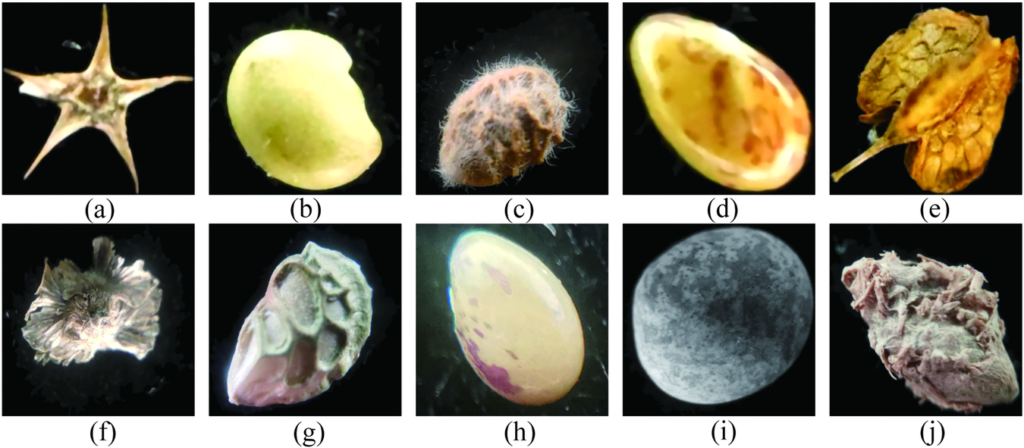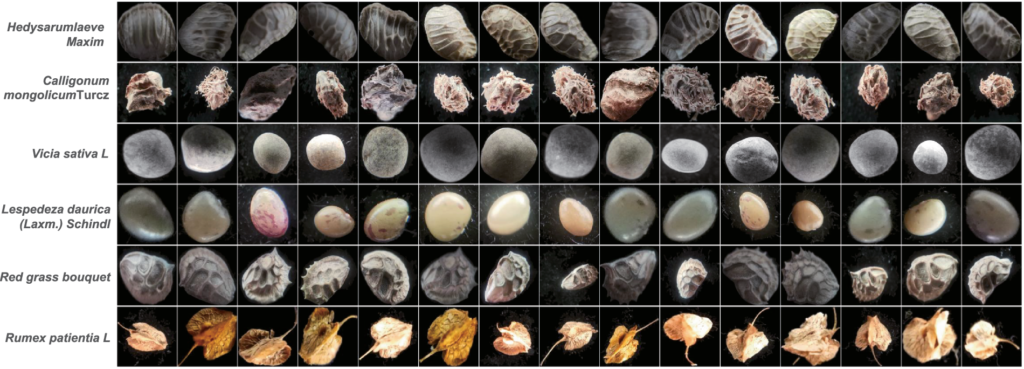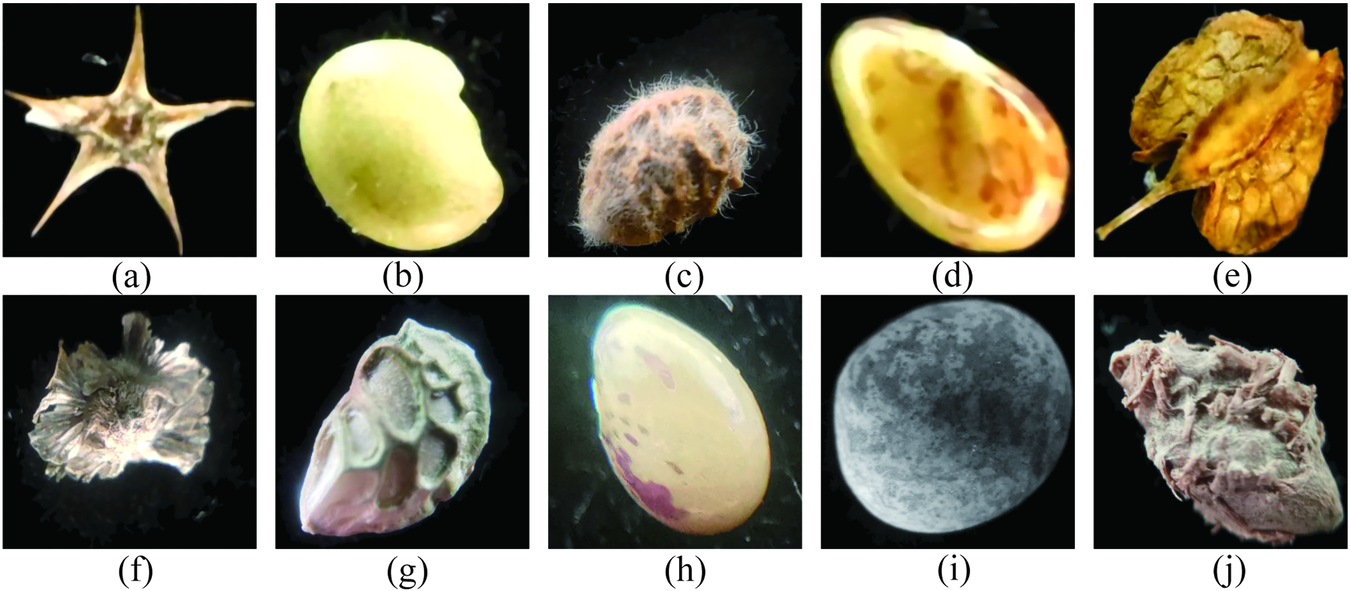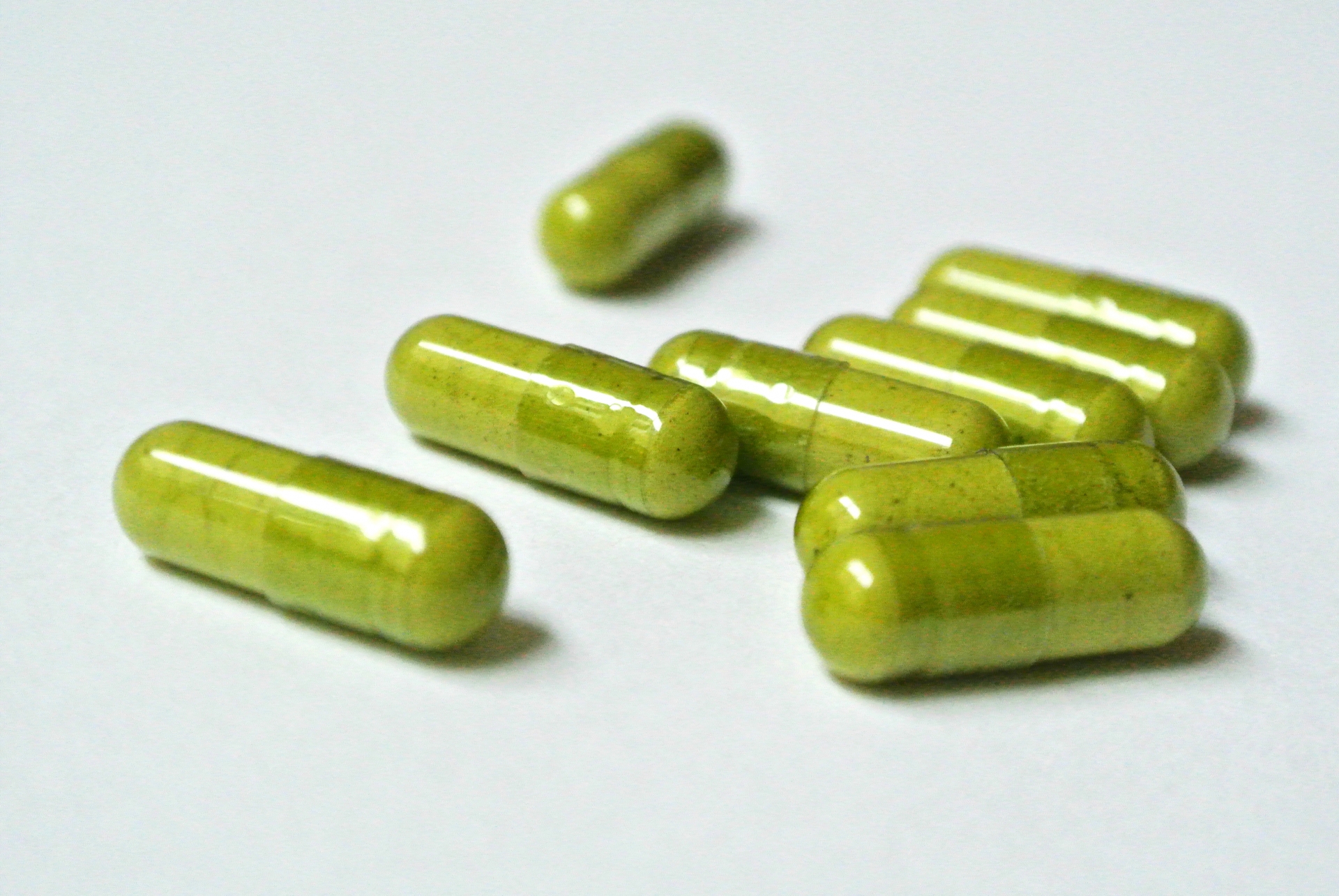Can you distinguish plant seeds?
Perhaps the most familiar “seeds” of plants are found in cooking. Various seeds like rice, soybeans, and sesame are utilized in cooking. But can you picture those seeds that are not used directly in cooking? Even among the plants around us, the chances to see their “seeds” are rare.
In plant research, it is common to discover and utilize new plant species. Researchers isolate various seeds from nature and daily search and stock promising plants. Therefore, a database to recognize which seeds belong to which plants is very important. The study introduced today has built such a database, and the photos of seeds included show a rich diversity and artistic beauty.
A dataset for fine-grained seed recognition
“Seed” Super-Diversity
“Seeds” come in endless varieties of shapes, colors, and sizes. Please take a look at these artistically intriguing seeds, making one wonder why they are shaped as they are.

- A plant from the Amaranthaceae family found in deserts, commonly referred to in Japanese as Hōkigi, resembling a “broom” in shape.
- A small shrub that grows about three meters tall, with thorns on its stem, pink pea-like flowers, and later develops pods.
- A herbaceous plant classified in the Leguminosae family, with distinctive flowers at the tip of its stem, available in various colors, and widely found around the world.
- Known in Japanese as Yamahagi, this plant has egg-shaped leaves and bears red-purple, pink, or white flowers. It is one of the seven autumn flowers.
- A plant eaten in Southern Europe, consumed as a leaf vegetable or used in a dish called sarma, which involves wrapping grains or meat in leaves.
- A plant that produces “tumbleweed”; the spherical grown plant breaks off at the stem, scattering seeds as it tumbles along. In Japan, it is known as Okahijiki or Harihijiki.
- Known as licorice, used as a herbal medicine containing glycyrrhizic acid in its roots, valued as a medicine since ancient times across cultures.
- A member of the Leguminosae family that grows to about 30-100 cm tall, bearing pink or purple pea-like flowers in late summer, yielding lens-shaped seeds. It is drought-resistant.
- Known in Japanese as Karasunoendo, found in archaeological sites across Europe as an ancient food source, indicating a long history with humans.
- An ornamental shrub that blooms red flowers in summer, used as firewood in Central Asia.
Try looking for “seeds” around you.
At grocery stores, you can find “seeds” as cereals in various forms, from raw to cooked. While they are delicious to eat, occasionally observing them can enrich the dining experience.




コメント